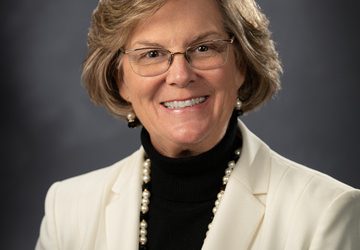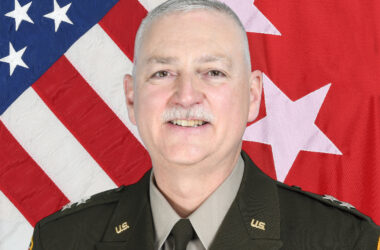A column by Mike Myer, executive editor of The Intelligencer/Wheeling News-Register
WHEELING, W.Va. — Everyone knows the big, consolidated high schools are better for students, right?
Actually, wrong, in some important ways. Scores from the West Virginia Summative Assessment standardized test last year make that clear.
Now, if you’ve paid much attention to education issues, you know Mountain State students, in general, had awful scores on that test. But comparatively speaking, youngsters at the small high schools did better in some ways than their peers at the big consolidated facilities.
Randolph County’s smallest high school is Pickens, with a student body of 30, according to the West Virginia Department of Education. Elkins High School, in the same county, has 609 students.
Nearly three-fourths of the Pickens students achieved “proficient” scores in reading and language arts on the state test. Slightly fewer than half the Elkins kids met that standard.
Paw Paw High School in Morgan County has just 84 students. Their performance in reading/language arts and mathematics was about the same as youngsters across the county at Berkeley Springs High School, which is six times as large.
Compare those small-school performances to what many people view as a good school, Capital High in Charleston. It has 848 students – who didn’t do nearly as well in math and reading/language arts as the Paw Paw and Pickens kids.
Now, this is what the academics call “anecdotal evidence.” It’s not a comprehensive, scholarly study.
But where there’s smoke, there’s fire. There are more reasons to believe that big schools are not better than small ones – and in some ways may not be as good.
Consolidation has driven much education policy in our state. Perhaps we need to take another look at that.
Another common practice is starting classes very early in the morning.
A couple of Hancock County parents have been in the news because they think 7:20 a.m. is too early for middle and high school students to be at their desks.
But such early starts seem to be the rule rather than the exception. They can mean that some kids who ride buses have to be ready to go at 6:30 in the morning – sometimes before dawn.
Remember when you were a child and mom and dad insisted that you get eight hours of sleep a night? Even that may not be enough for children, according to the American Academy of Pediatrics. More than a few middle- and high-school students aren’t getting that much sleep.
That affects their performance in school, not to mention their health.
Why have the early start times? Often, it’s to save money on school buses.
Has anyone stopped to ask whether the savings are worth it?
It has been clear for many years that we in West Virginia need to rethink – from the ground up – how we handle public schools. As this newspaper has emphasized, the problem isn’t our kids. It isn’t their teachers. It’s the system.
And as you may have noticed, an integral part of the system is following rules set in Charleston and Washington. How’s that been working out for us?
From who decides curriculum to how big schools should be, it’s clear we need to think again.
Myer can be reached at: [email protected].
To read more from The Intelligencer/Wheeling News-Register, subscribe here.



